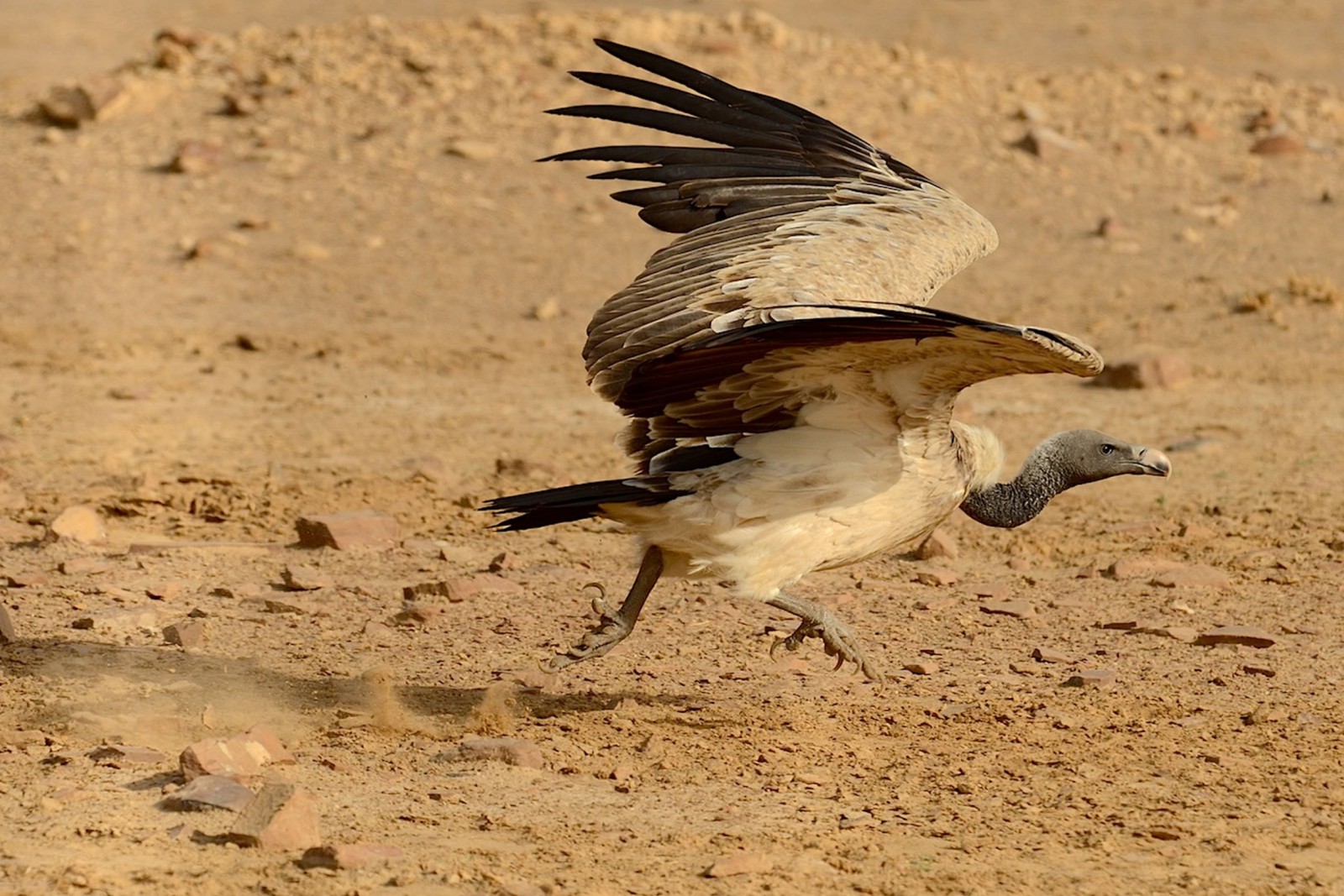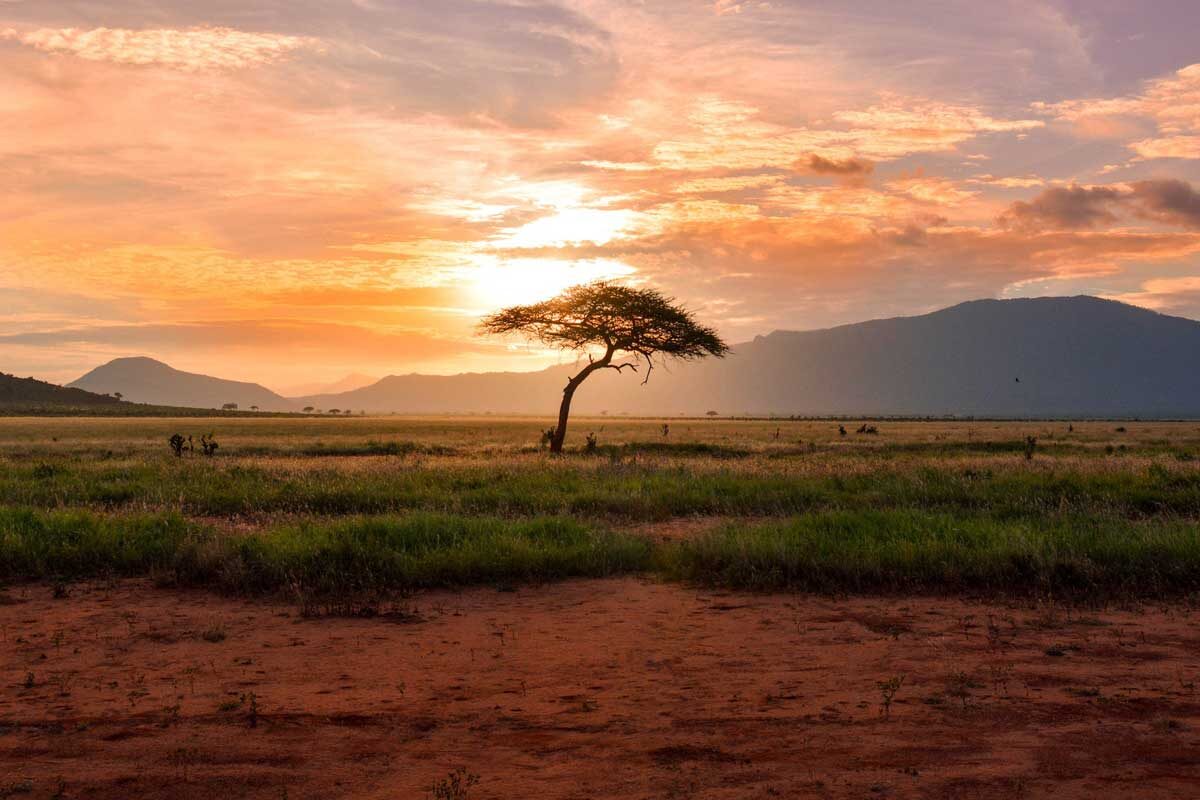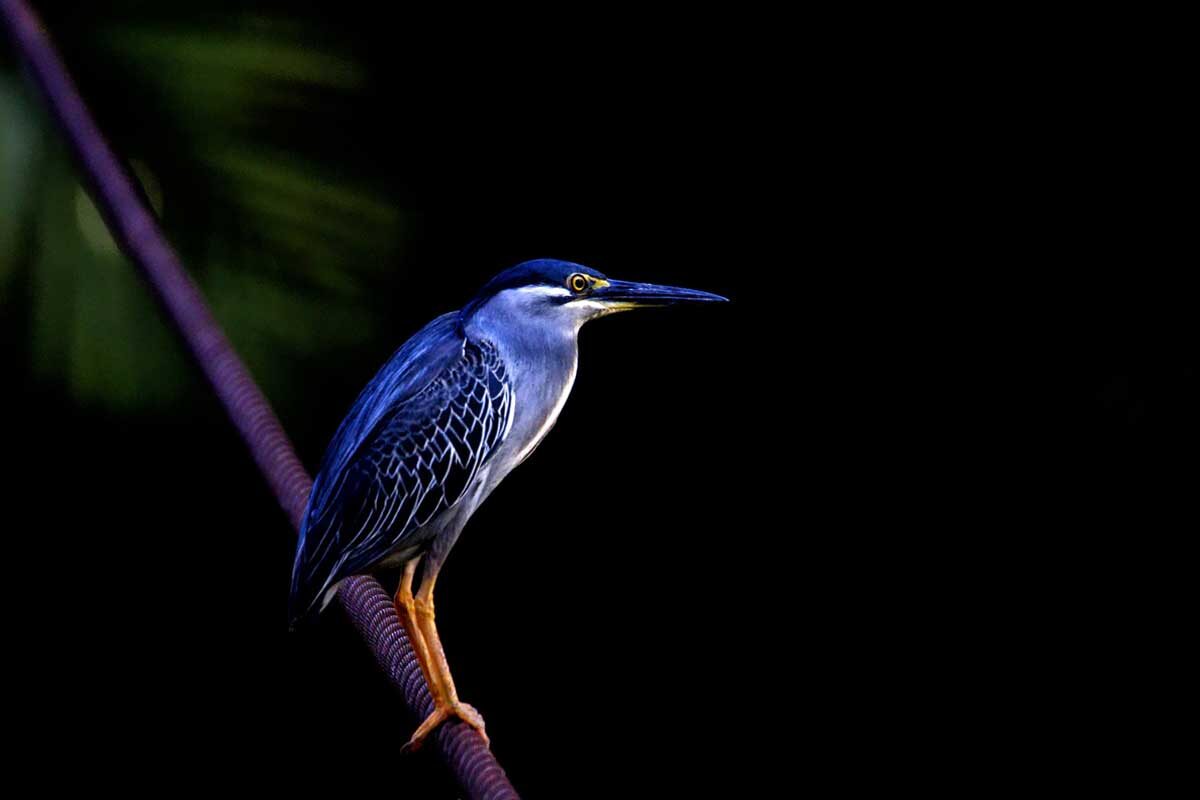The Thar Desert’s variety of landscapes – sand dunes, craggy rocks, pavements and compact salt lake bottoms, inter-medial areas and fixed dunes – amount to a unique ecosystem containing a rich fauna. The Sudashri Forest post is one of the best places to observe wildlife here and visitors make safari trips either in camel carriages or by foot. Mammals include blackbuck, chinkara, wolf, Indian fox, desert fox, hare and desert cat. Flights of sandgrouse begin arriving at waterholes from sunrise onwards and again at dusk, when flock after flock converge to these precious water sources. Chestnut-bellied and painted are the two commonest types of breeding sandgrouse, but other species such as spotted and black-bellied may occur during winter. Other residents include grey francolin, blue-tailed and green bee-eaters, drongo and Indian roller, but perhaps the most important avian resident is the severely endangered great Indian bustard. A huge, stately bird, it requires large undisturbed areas in which to breed, and with the ever-expanding human population the bustard’s range has steadily contracted. This is a species that cannot easily coexist with man and it is only in large unspoilt places such as the Thar Desert that it can still be found. The sight of a bustard flock picking its way through a weedy field, or flying in chevron formation across the desert, will be one of the most indelible images of a visit to Thar.

Highlights of India
Desert National Park
Scroll


















